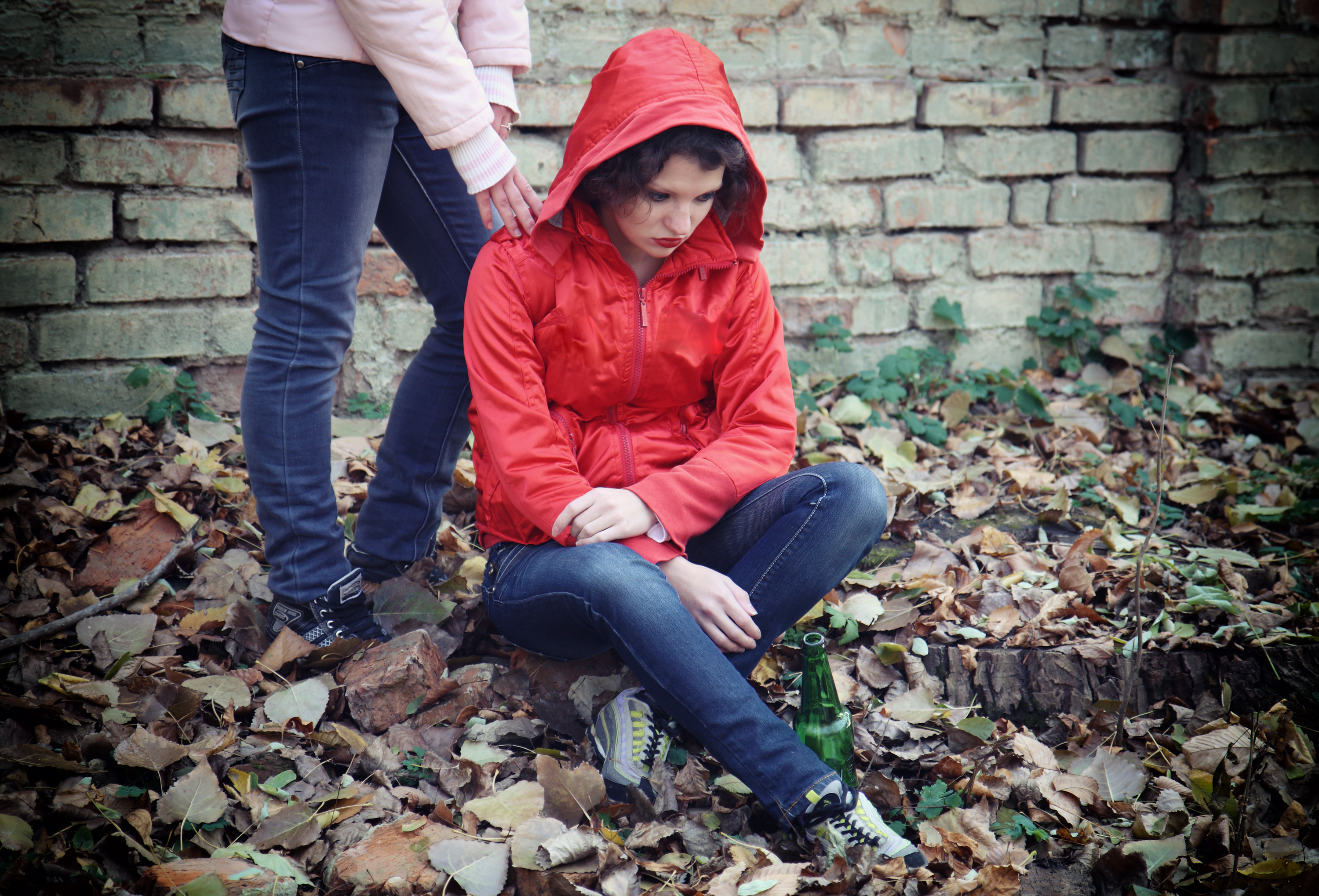Teen alcohol abuse is a significant problem for teenagers in our nation. Teenagers begin drinking for a myriad of reasons ranging from peer pressure to wanting to lose control, or for the experience of “partying” or bonding with their friends while feeling uninhibited in social situations. Studies show that alcohol abuse in teens can be linked to their exposure to negative or traumatic life events. For example, teenagers with ADHD report an increase in traumatic life events, and have more of an association with alcohol abuse, as compared to teens without a diagnosis of ADHD.1 Teens may benefit from being able to identify alcohol abuse to help prevent its onset in this vulnerable population.
The World Health Organization (WHO) identifies alcoholism as the third-highest cause of death globally after tobacco use and hypertension.2 There may be socio-ecological influences on teens who abuse alcohol. The heavy consumption of alcohol in teens can contribute to over 200 diseases and conditions leading to injury, and is responsible for nearly 6% of global deaths.3 Teens who abuse alcohol may rate lower in performance tests for immediate visual memory and working memory assessments, and can lower cognition and ultimate brain function, especially when they are binge drinking.4 Addiction is a progressive disease, and so early alcohol abuse can lead to the onset of chemical dependence and addiction, while also negatively affecting bot brain development and IQ in adolescents.
The Global Information System on Alcohol and Health5 noted in 2010 that the annual consumption was 6.2 liters of pure alcohol per person over 15 (at 13.5 grams of pure alcohol per day).6 When binge drinking, teens consume multiple alcoholic beverages in a short period of time resulting in intoxication, the teens may be actually drinking more than two times as much alcohol (per daily episode) as compared to adults who abuse alcohol.7
The National Institute for Alcohol Abuse and Alcoholism (NIAAA) identifies binge drinking as drinking over five or more drinks in under two hours.8 Teens who abuse alcohol are highly likely to also abuse other drugs, such as cigarettes, tobacco products, marijuana or other illegal substances. The brains of teenagers are developing rapidly, and alcohol abuse can diminish the development of emotional brain development, cortical volume, axonal growth, gene expression, synaptic pruning, and other critical prefrontal cortex and limbic system development for teenagers.9 Teens who abuse alcohol may also experience problems with executive functioning, life planning, goal-setting, inhibitory control, decision-making, and cognitive-affective behaviors.10 These teens may benefit from an organized teen alcohol rehabilitation program at an adolescent treatment center such as Ascend Healthcare.
Teen alcohol abuse can also affect the adolescent endocrine system because alcohol is able to be absorbed by every organ and tissue of the human body.11 Alcohol abuse can disrupt and change vital organs of the teenager’s body, creating dysfunction in the immune and nervous systems, as well as growth systems, and psychological and behavioral system dysfunction in teens.12
Teens may benefit from chemical dependency treatment and professional teen treatment interventions, to help them prevent alcohol use disorder (AUD) since individuals who drink at young ages are highly likely (50%) to consume alcohol again.13
When to Get Help
Alcohol abuse can show varying symptoms, which increase with alcohol dependence. A few things to look out for in teenagers who are using alcohol are:
- A decline in hygiene
- Sleep pattern disruption (fall asleep quickly/pass out, but have intermittent and disrupted sleep)
- Social isolation or withdrawal
- Decline in general appearance
- Weight loss
- Focus on acquiring more alcohol/need for more money
- Absence from school
- Difficulty concentrating
- Depression
If you or a teen you know suffers from any of the above, there may be a problem with drinking. Feel free to call our admissions line at (800) 646-1202 to see if treatment may be recommended.
References
King, K. M., Pedersen, S. L., Louie, K. T., Pelham, W. E., & Molina, B. S. G. (2017). Between and within person associations between negative life events and alcohol outcomes in adolescents with ADHD. Psychology of Addictive Behaviors : Journal of the Society of Psychologists in Addictive Behaviors, 31(6), 699–711. http://doi.org/10.1037/adb0000295.
Orellana, J. A., Cerpa, W., Carvajal, M. F., Lerma-Cabrera, J. M., Karahanian, E., Osorio-Fuentealba, C., & Quintanilla, R. A. (2017). New Implications for the Melanocortin System in Alcohol Drinking Behavior in Adolescents: The Glial Dysfunction Hypothesis. Frontiers in Cellular Neuroscience, 11, 90. http://doi.org/10.3389/fncel.2017.00090.
Rachdaoui, N., & Sarkar, D. K. (2017). Pathophysiology of the Effects of Alcohol Abuse on the Endocrine System. Alcohol Research : Current Reviews, 38(2), 255–276.
Scott, S., Reilly, J., Giles, E. L., Hillier-Brown, F., Ells, L., Kaner, E., & Adamson, A. (2017). Socio-ecological influences on adolescent (aged 10–17) alcohol use and linked unhealthy eating behaviors: protocol for a systematic review and synthesis of qualitative studies. Systematic Reviews, 6, 180. http://doi.org/10.1186/s13643-017-0574-8.
Stock, A.-K. (2017). Barking up the Wrong Tree: Why and How We May Need to Revise Alcohol Addiction Therapy. Frontiers in Psychology, 8, 884. http://doi.org/10.3389/fpsyg.2017.00884.
Vinader-Caerols, C., Duque, A., Montañés, A., & Monleón, S. (2017). Blood Alcohol Concentration-Related Lower Performance in Immediate Visual Memory and Working Memory in Adolescent Binge Drinkers. Frontiers in Psychology, 8, 1720. http://doi.org/10.3389/fpsyg.2017.01720.
- King et al, 2017, p.699.
- Drellana et al, 2017, p. 1.
- Scott et al, 2017, p. 1.
- Viander-Caerols et al, 2017, p. 1.
- WHO, 2014.
- Orellana et al, 2017, p. 1.
- Orellana et al, 2017, p. 1.
- Orellana et al, 2017, p. 1.
- Orellana et al, 2017, p. 1.
- Orellana et al, 2017, p. 1.
- Rachdaoui & Sarkar, 2017, p. 255.
- Rachdaoui & Sarkar, 2017, p. 255.
- Stock, 2017, p. 1.







